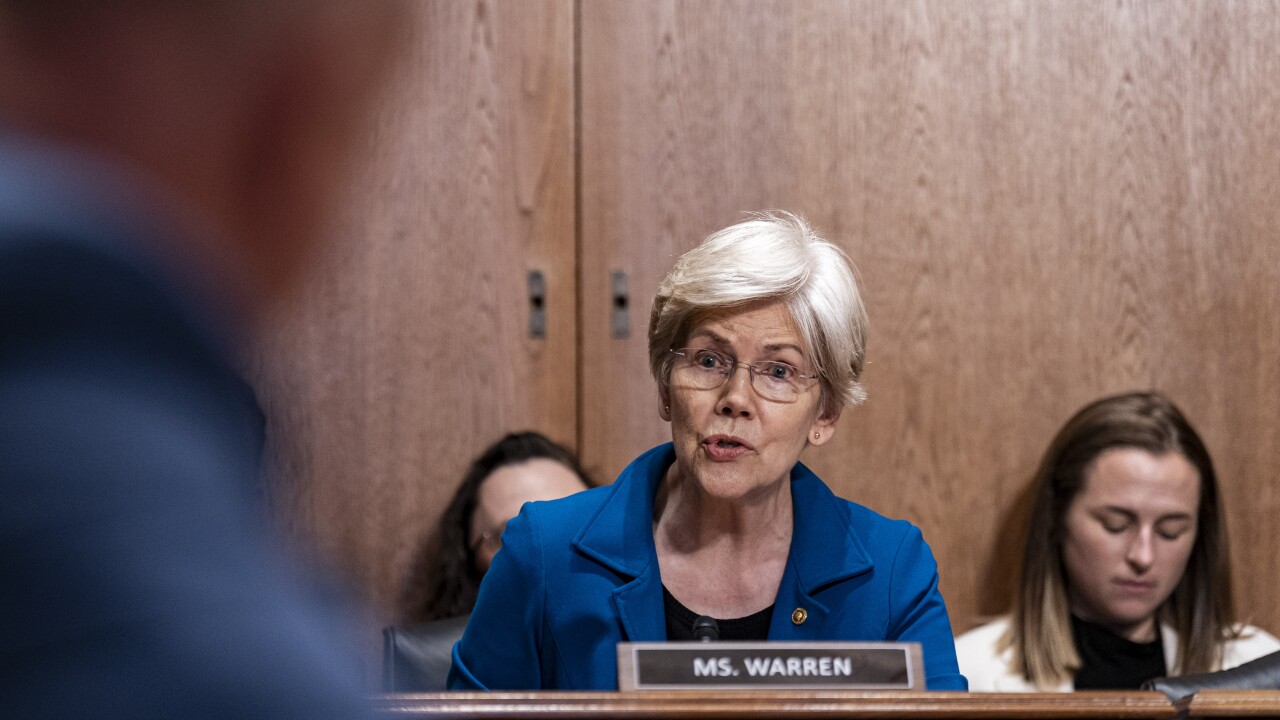
Summer is here, bringing the potential for
With this in mind, regulatory bodies in the European Union and the U.S. are developing climate risk management and disclosure regulation for financial institutions. Although these requirements are in their early stages in the U.S., banks need to prepare now to comply with disclosure requirements as they roll out. Regulatory compliance will require banks to identify and implement
Primarily though, new sustainability risk requirements will require banks to source the right climate data, aggregate it, analyze it and build models with it. With few banks already doing this work, it's time to play catch-up and identify new opportunities.
Banks face two primary kinds of sustainability risk. One is physical risk and impact on the premises and operations of the bank, its customers and the wider economy due to extreme weather, climate shifts and sea level rise. Physical impacts can lead to the closure of retail branches or facilities, declines in creditworthiness of clients and reduced asset values.
The other major risk type is transitional risk — exposure to companies that may be negatively affected by the global transition to a low-carbon economy. For example, banks with major stakes in companies that emit large amounts of greenhouse gasses face transitional risk related to changes in regulations and the cost of decarbonizing those companies. Scope 3 emissions — those generated not by bank activities but by other processes and players in their value chain — account for
Climate risk also intersects with all the other risks that banks must manage, including credit, market, operational and liquidity risks. So, it's crucial that banks perform analyses and develop and augment risk models to help determine where to focus their investments as part of their risk management. Failure to do so, or delays in doing so, could risk large financial losses and even foreclosures.
Despite the downsides of waiting, many banks are lagging behind. In the EU,
U.S. banks face similar challenges. A recent Federal Reserve report on the Climate Scenario Analysis, a climate risk assessment exercise involving six major U.S. banks, found that these institutions "
The handful of major banks that are leading in terms of sustainability risk management have good climate governance, risk management, strategies and metrics in place now. They've been proactive in aggregating high-quality data, including internal data sourced from their own climate portfolios. They're analyzing this data to identify existing and potential risks and to model the impact of those risk scenarios over different time periods.
Elizabeth Warren was among those who criticized Dimon for saying that the bank is going to move away from "commitments" toward "aspirations" on climate.
Data-backed insights allow these banks to adjust their operations management and climate strategies based on current data and risk modeling. For example, these banks need to assess their own exposure to transitional risks via portfolio clients that need to decarbonize, including long-term analysis of greenhouse gas emissions liability by customer and sector.
These assessments can help banks chart a course for helping exposed clients with their decarbonization initiatives, as well as potentially rebalancing the banks' own portfolios to reduce indirect risks. We're already starting to see some banks offering advisory services on decarbonization technologies and government incentives to help their clients decarbonize more efficiently and cost-effectively. Advising clients also helps banks reduce their own Scope 3 emissions.
Mapping and managing sustainability risks requires multiple activities, rather than a strictly linear process. That said, all of a bank's climate risk actions and processes rely on high quality data. Financial institutions can source this data internally and from clients. Even small banks can start developing their own ESG data stores relatively inexpensively to use as the foundation for further sustainability risk assessments.
Banks can then analyze their data to assess climate risks in their portfolio and run stress tests based on their scenarios and portfolio composition. Banks already conduct extensive risk management, so factoring their climate risk insights into their existing activities is a simple way to jump-start their sustainability risk management and prepare for future compliance requirements. In particular, climate data is important for updating banks' internal risk taxonomies, risk management and risk appetite frameworks and scenarios analyses and stress tests in domains other than climate.
Banks can also use their climate risk insights to develop new products and services that help customers with their decarbonization transition. New offers can include the kinds of "green" funds and investment vehicles that many banks already offer, but there's room for more options, too.
For example, a bank could partner with retailers to offer its customers access to a digital marketplace of energy-efficient home appliances and energy systems, such as high-efficiency water heaters or solar panels, along with a guide to related incentives and tax credits. Or a bank could develop a sustainable credit card that shows customers the carbon footprints of the products they buy and tracks their own carbon footprint, to help shape more carbon-conscious behavior.
These examples show how much potential banks have to preserve and create value in a changing world. Starting with data and existing processes, and expanding to more forward-thinking decarbonization activities, banks can position themselves and their customers to better withstand whatever sustainability challenges arise next.






